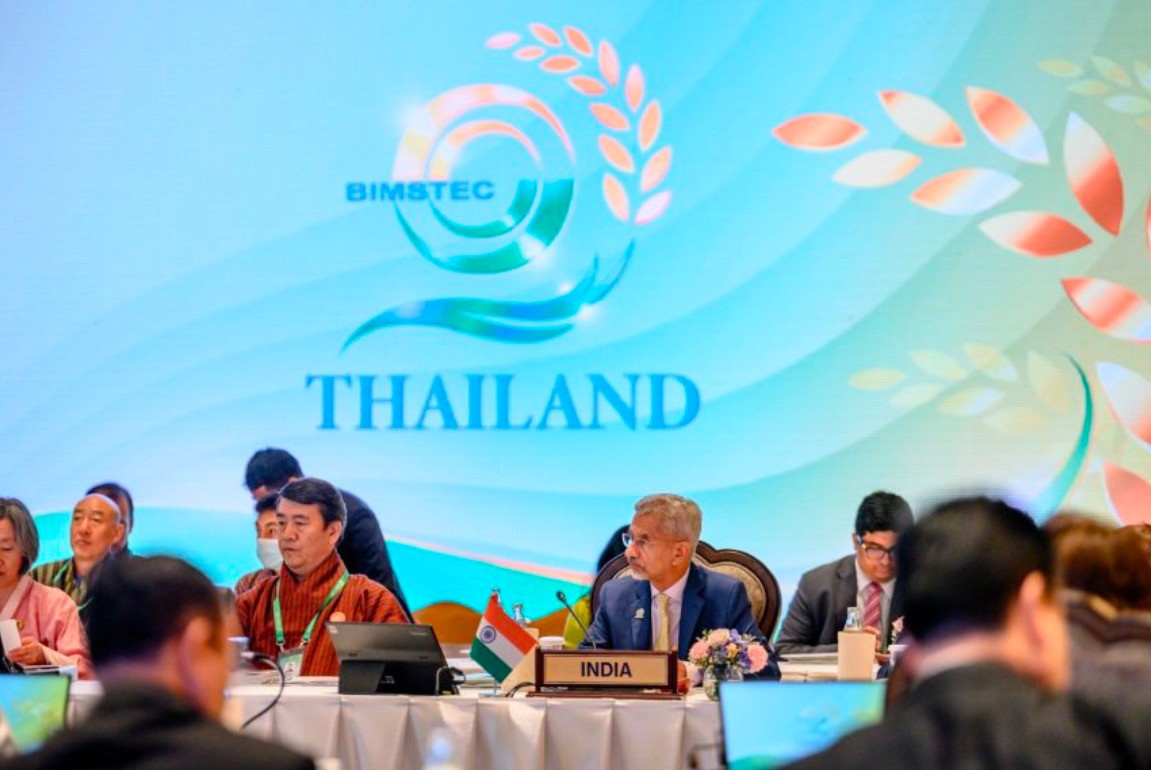China lands probe on far side of moon in global first
A Chinese lunar rover landed on the dark side of the moon on Thursday (Jan 3) in a global first.
 |
China lands probe on dark side of the moon. (Photo: China National Space Administration)
The Chang'e-4 probe landed at 10.26am Beijing time and sent a photo of the far side of the moon to the Queqiao satellite, which will relay communications to controllers on Earth, state broadcaster CCTV said.
Beijing is pouring billions into its military-run space programme, with hopes of having a crewed space station by 2022, and of eventually sending humans to the moon.
The Chang'e-4 lunar probe mission - named after the moon goddess in Chinese mythology - launched last December from the southwestern Xichang launch centre.
It is the second Chinese probe to land on the moon, following the Yutu (Jade Rabbit) rover mission in 2013.
 |
The Chang'e-4 lunar probe mission, named after the moon goddess in Chinese mythology, launched on a Long March 3B rocket from the southwestern Xichang launch centre. (Photo: AFP/STR)
Unlike the near side of the moon that always faces the earth and offers many flat areas to touch down on, the far side is mountainous and rugged.
The moon is tidally locked to Earth, rotating at the same rate that it orbits our planet, so the far side - or the "dark side" - is never visible from Earth. Previous spacecraft have seen the far side of the moon but none have landed on it.
The Chang'e-4 probe is carrying six experiments from China and four from abroad, and includes low-frequency radio astronomical studies - aiming to take advantage of the lack of interference on the far side.
The rover will also conduct mineral and radiation tests, the China National Space Administration said according to state news agency Xinhua.
Administrator of the United States' National Aeronautics and Space Administration (NASA) Jim Bridenstine lauded the achievement, calling it "a first for humanity".
Congratulations to China’s Chang’e-4 team for what appears to be a successful landing on the far side of the Moon. This is a first for humanity and an impressive accomplishment! pic.twitter.com/JfcBVsjRC8
— Jim Bridenstine (@JimBridenstine) January 3, 2019
EXTREME CHALLENGES
It was not until 1959 that the Soviet Union captured the first images of the moon's mysterious and heavily cratered "dark side".
No lander or rover has ever previously touched the surface there, and it is no easy technological feat - China has been preparing for this moment for years.
A major challenge for such a mission was communicating with the robotic lander: as there is no direct "line of sight" for signals to the far side of the moon.
As a solution, China in May blasted the Queqiao (Magpie Bridge) satellite into the moon's orbit, positioning it so that it can relay data and commands between the lander and Earth.
In another extreme hurdle, during the lunar night - which lasts 14 Earth days - temperatures drop to as low as -173 degrees Celsius.
During the lunar day, also lasting 14 Earth days, temperatures soar as high as 127 degrees Celsius.
The rover's instruments have to withstand those fluctuations and it has to generate enough energy to sustain it during the long night.
Adding to the difficulties, Chang'e-4 was sent to the Aitken Basin in the lunar south pole region - known for its craggy and complex terrain - state media has said.
Yutu also conquered those challenges and, after initial setbacks, ultimately surveyed the moon's surface for 31 months. Its success provided a major boost to China's space programme.
Beijing is planning to send another lunar lander, Chang'e-5, next year to collect samples and bring them back to Earth./.
VNF/CNA
Recommended
 World
World
Vietnam Affirms Its Active and Responsible Role at UNESCO
 World
World
US Imposes 125% Tariff on China, Pauses Tariffs for 90 Days on Over 75 Countries
 World
World
"Massive financial deficits with China, EU can only be cured with tariffs": Donald Trump
 World
World
Modi’s Sri Lanka Visit: A Diplomatic Triumph Amid Regional Tensions
 World
World
BIMSTEC Summit 2025: India’s Visionary Leadership Paves the Way for Regional Integration
 World
World
US President Donald Trump: Reciprocal Tariffs Will Target All Countries
 World
World
Negotiation Over Confrontation: Countries Taking Cautious Approach to US Tariffs
 World
World
